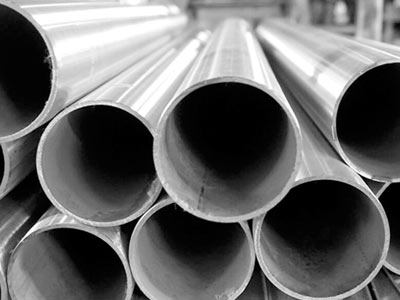
The term “superalloy” was first used after World War II to describe a group of alloys developed to withstand the high temperatures of aircraft turbine engines and turbo-superchargers. In the decades following the war, advances in the processing of superalloys greatly expanded their range of application.
 Today’s versatile superalloys have several key characteristics in common: superior mechanical strength, creep resistance at elevated temperatures, good surface stability and corrosion and oxidation resistance.
Today’s versatile superalloys have several key characteristics in common: superior mechanical strength, creep resistance at elevated temperatures, good surface stability and corrosion and oxidation resistance.
Superalloys typically have an alloying base of nickel, iron, or cobalt, and are alloyed with other elements in lesser amounts (such as chromium, manganese, silicon, molybdenum, titanium, tungsten and cobalt).
Triton Pipes has an unparalleled ability to drill high depth-to-ID holes with excellent concentricity, even in the most challenging of superalloys.
We are also pleased to partner with R&D engineers who wish to explore the machining characteristics of new alloys under development. Contact us about your project.
Superalloys are an important group of high-temperature materials used in the hottest sections of jet and rocket engines where temperatures reach 1200–1400 °C. These metals have excellent heat resistant properties and retain their stiffness, strength, toughness and dimensional stability at temperatures much higher than the other aerospace structural materials. Superalloys also have good resistance against corrosion and oxidation when used at high temperatures in jet engines. The most important type of superalloy is the nickel-based material that contains a high concentration of chromium, iron, titanium, cobalt and other alloying elements.
The demand for superalloys is on the rise. The major demand for quality superalloy arises from jet engines steam turbines. However, major constraint to meeting the demand of superalloys is their high cost; it is therefore needed to put emphasize on evolving means to lower the cost of superalloy production. The development of superalloys with better high-temperature and hot-corrosion properties together with advances in engine design and propulsion technology has resulted in great improvements in engine performance.